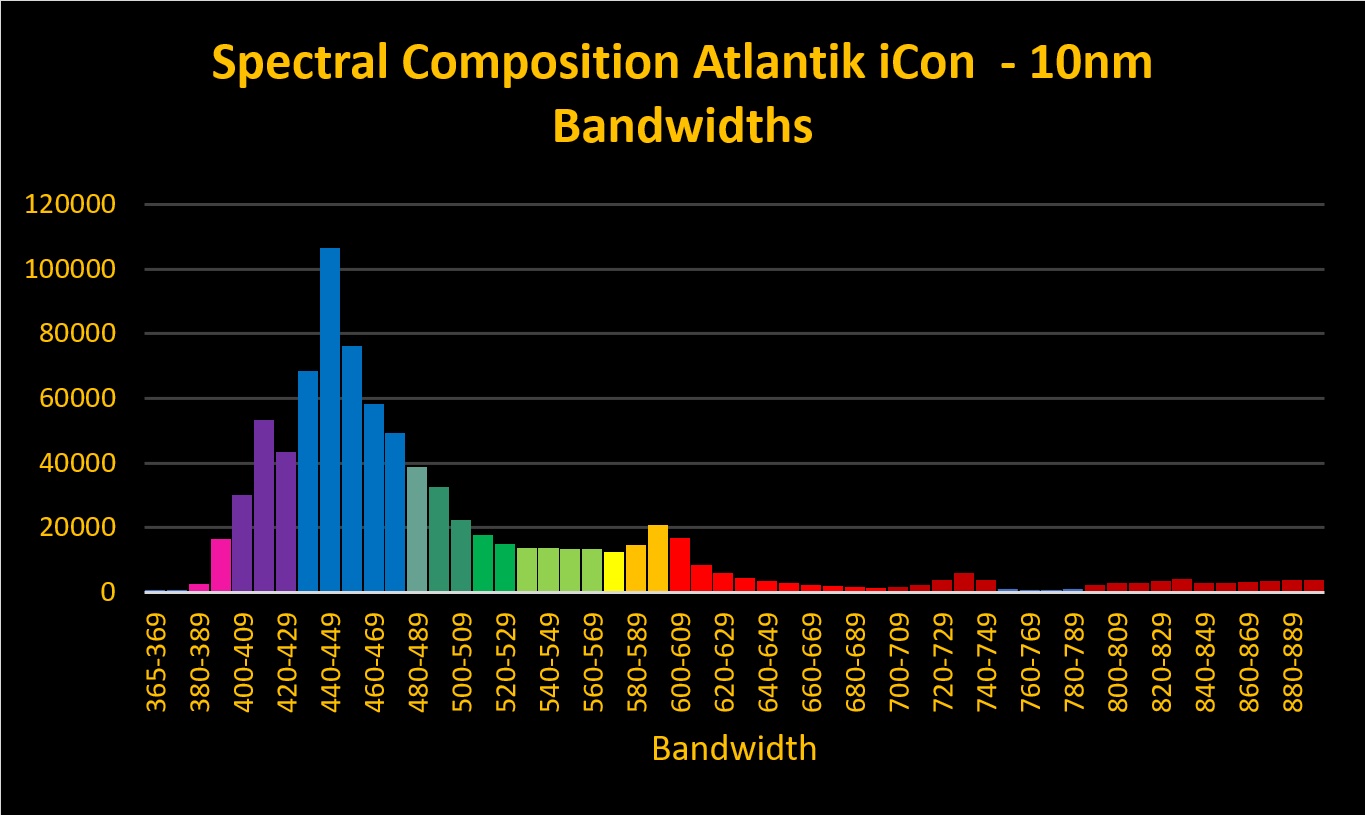I'm curious when manufacturer's publish the PAR readings on their lights is the assumption that they have all the channels at 100% and measured outside the water?
Knowing that Blue lights are more the dominant wavelength used and needed by corals, shouldn't PAR values be listed on each individual channel instead of overall PAR? For example, for those that like to run their lights mostly Blue, what if the PAR value is actually lower than what is needed - that'll create issues for Coral growth/health - since they don't use other channels such as white, etc.
Knowing that Blue lights are more the dominant wavelength used and needed by corals, shouldn't PAR values be listed on each individual channel instead of overall PAR? For example, for those that like to run their lights mostly Blue, what if the PAR value is actually lower than what is needed - that'll create issues for Coral growth/health - since they don't use other channels such as white, etc.

















